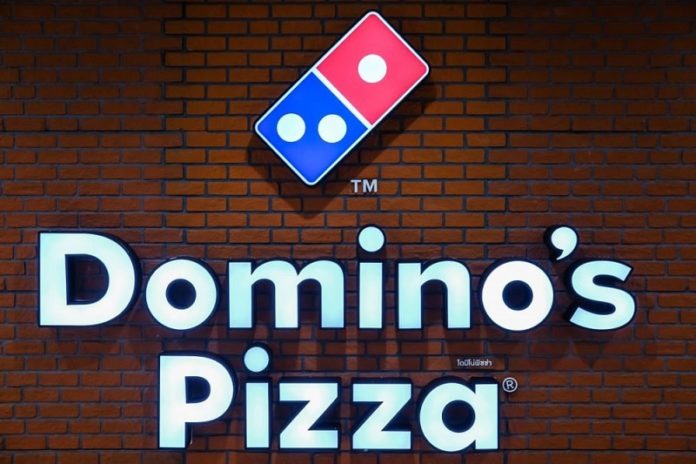Domino’s Pizza, the nation’s biggest fast-food chain, plans to step up its game by providing home delivery in 20 minutes after placing an order across the country, a move that a few specialists feel is risky.
Domino’s has been doing the pilot of 20-minute conveyance in select stores across the country.
“It’s initial days yet, however, we are seeing 20 minutes conveyance convert into much better consumer loyalty scores,” Jubilant FoodWorks CEO Pratik Pota told speculators at an earnings call in the wake of declaring the organization’s first-quarter results for 2019-20. “That is clear in the feedback we get, both all alone resources and via web-based networking media.”
The move is expected to give Domino’s an edge over rival pizza brands and QSR chains, but some experts warned that it may prove to be a tough promise to live up to and raised concern that it would put unnecessary pressure on delivery boys.
“This will increase over-speeding and is contrary to the new Motor Vehicle Act, after which you would expect delivery time to go up,” said Santosh Desai, managing director at Futurebrands Consulting.
He said none of the food delivery apps commit delivery in 20 minutes. “They (Domino’s) will have to increase the number of delivery centers instead,” Desai said.
“On an average traffic speed in peak hours is 10-12 km per hour. Rushing it can make it dangerous for the riders. This will lead to over-speeding in off-peak hours and rash behavior. Riders may be tempted to not follow the rules in peak hours,” said Madhav Pai, Director-India, WRI Ross Center for Sustainable Cities.
Jubilant executives, however, said the company would not compromise on traffic rules compliance and rider safety. “That is non-negotiable,” an executive said on condition of anonymity. In fact, it would use GPS to ensure traffic rules compliance. “If a rider is over speeding, for example, we will get to know and take the necessary action.”
The company has identified data-driven structured ways to reduce delivery time, the person said. These include measures like GPS for riders, and splitting stores — or, opening more than one store at high delivery localities to cut down on delivery time — said the executive.
Pota conceded that faster delivery promise may depress same-store growth in the short term because the company has had to split stores to take the load off existing stores. “So, it is the optics of same-store growth getting depressed in the short-term as we split stores, being compensated in the medium to long term by much higher customer satisfaction, translating into greater stickiness and higher frequencies,” he said.
The company, however, did not mention the time frame it is looking to roll out 20-minute delivery promise across the country.
Domino’s currently delivers pizza in 20 minutes in Australia.
Pota said the experience from Australia suggests that having faster delivery helps drive greater customer stickiness and higher customer frequency in the medium to long term. “Our own modeling in India also suggests…that would replicate in India as well.”
He said the company does not need to invest heavily to start delivering in 20 minutes.
“There’s an entire value chain from the ordering to the fulfillment to the confirmation of the order,” Pota said. He said the company is doing a lot of small things to drive process efficiencies and speed of execution without necessarily adding costs.
“Our splitting of stores and having tighter drive times, tighter trade areas… help us provide faster delivery,” Pota said. It is more about using data analytics, artificial intelligence, and machine learning, and using technology to cut the time taken in the entire value chain, he said.













